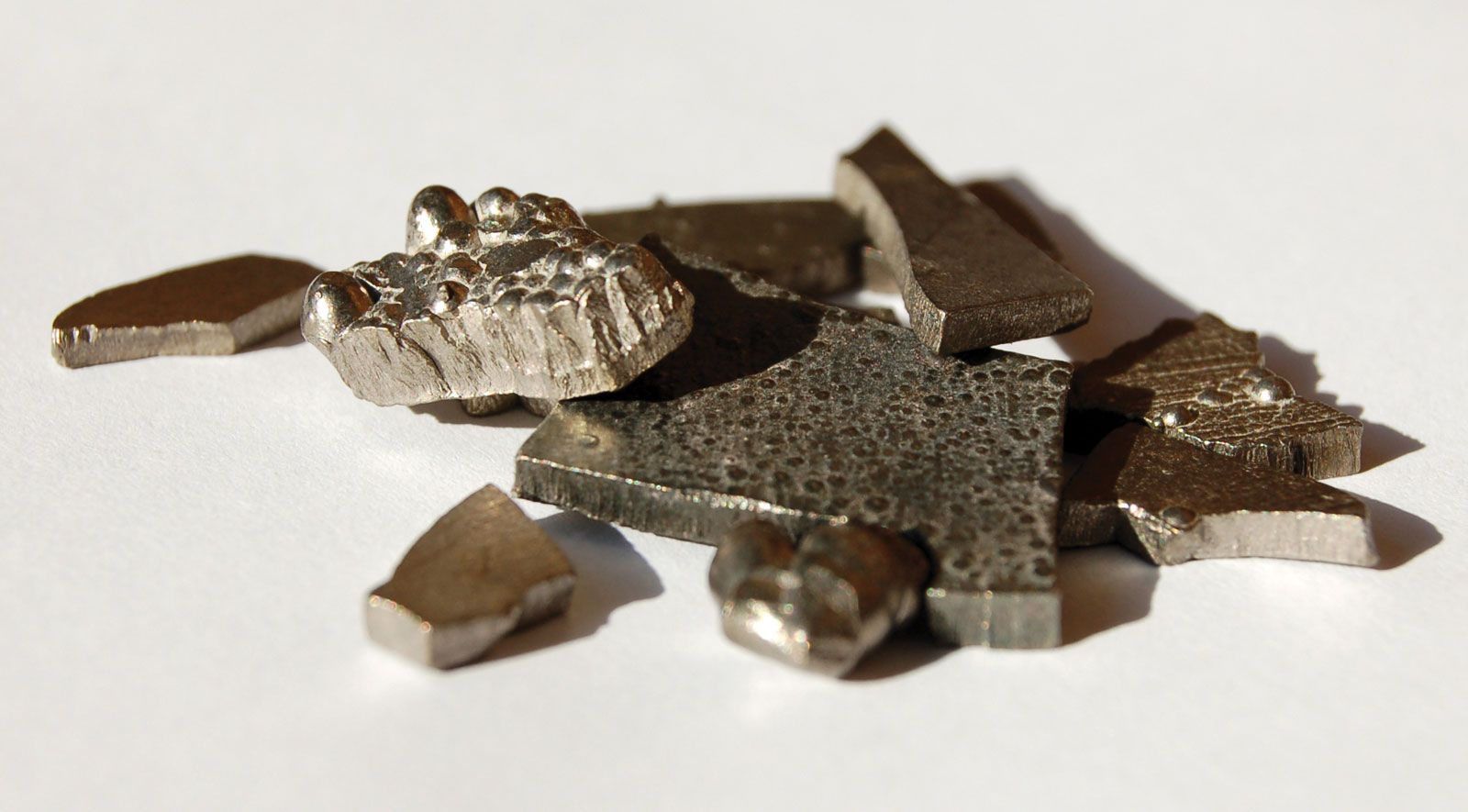The realm of materials science has long been captivated by the enigmatic properties of various elements and compounds. Among these, cobalt has recently garnered attention for its remarkable magnetic capabilities. How does such a small atom, nestled among the heavier metallic elements, manage to generate a magnetic field that challenges existing paradigms? This inquiry serves as a gateway to understanding the underlying principles of magnetism and the implications of cobalt’s newfound prowess in this domain.
Cobalt (Co), atomic number 27, is a transition metal renowned for its vibrant blue compounds and remarkable magnetic properties. Positioned in the d-block of the periodic table, cobalt exhibits a unique hybridization of electronic configurations that endows it with ferromagnetism at room temperature. In recent research, cobalt has exceeded traditional expectations, achieving a new zenith in magnetic field strength on the atomic scale. But what does this really signify? And how might it reshape our understanding of magnetism in metallic compounds?
To appreciate cobalt’s achievements in magnetism, one must first delve into the fundamental principles that govern magnetic behavior. At the atomic level, magnetism arises from the movement of electrons. Each electron carries a magnetic moment—a tiny magnetic field generated by its spin and orbital movement around the nucleus. In certain materials, notably ferromagnets like cobalt, these individual magnetic moments align in a parallel fashion, amplifying the overall magnetic field. The interplay of electron spin, atomic structure, and inter-atomic interactions culminates in the material’s macroscopic magnetic characteristics.
The remarkable properties of cobalt stem predominantly from its electron configuration. The element possesses three unpaired electrons in its 3d orbital, facilitating strong magnetic interactions. This unique characteristic enables cobalt to maintain its ferromagnetic state even at elevated temperatures, a rarity among transition metals. Cobalt’s magnetic susceptibility also means that its internal magnetic field can be manipulated effectively, paving the way for diverse applications ranging from data storage to advanced electronics.
In the laboratory, recent advancements have demonstrated that cobalt can generate exceptionally high magnetic fields—far exceeding those previously recorded for common ferromagnetic materials. Researchers have explored intricate methodologies employing cobalt in conjunction with various nanostructures and composites. For instance, innovative approaches utilizing cobalt nanowires or thin films are yielding unprecedented magnetic properties, leading to enhanced performance in devices such as magnetic sensors and memory arrays.
Fascinatingly, the magnetic field produced by cobalt is not merely a function of its size or atomic weight, but a complex result of its electronic structure and interactions with swift external fields. The interplay between cobalt’s intrinsic properties and external influences poses a set of intriguing challenges for physicists and material scientists alike. How can we optimize cobalt’s magnetic efficiency? What mechanisms govern its interactions with other materials, especially under extreme conditions?
Moreover, as cobalt pushes the boundaries of magnetic capability, it prompts a re-evaluation of existing theories in magnetism. The discovery of cobalt’s record-breaking magnetism raises questions regarding the scalability of these effects. Can we replicate or even amplify these phenomena in larger structures or different elemental contexts? Not merely a curiosity confined to laboratory settings, the implications of cobalt’s magnetic phenomena could ripple through numerous fields—ranging from quantum computing to medical imaging techniques.
In parallel, cobalt’s ascent as a magnetic titan does not come without a multitude of environmental and ethical considerations. The mining processes associated with cobalt extraction have drawn scrutiny due to their environmental impact and labor practices. As cobalt takes center stage in advancing technology, the drive for sustainable practices grows ever more pertinent. Can innovation in recycling or alternative materials mitigate the adverse effects associated with cobalt production? In this sense, the pursuit of cobalt’s magnetic potentials also calls for an ethical perspective, emphasizing the need for sustainable practices in material sciences.
This juxtaposition of cobalt’s utility and its impact exemplifies a broader challenge present within materials research—revolutionizing technology while safeguarding environmental integrity. As the industry refines its focus on cobalt’s applications, the duality of its role as a conductor of progress and a subject of ethical scrutiny must be navigated delicately. Thus, cobalt does not merely break records; it engenders a dialogue around responsible innovation amid scientific advancement.
In conclusion, cobalt’s ability to generate vast magnetic fields from its diminutive atomic structure exemplifies the fascinating interconnectivity of atomic science and its macroscopic manifestations. As researchers explore cobalt’s capabilities, the questions surrounding its behavior and applications summon interdisciplinary collaboration. From engineering to environmental sciences, the discourse surrounding cobalt’s magnetic record encourages an exploration of how the smallest elements can yield the most extraordinary results. As scientists tackle these challenges, the potential discoveries waiting in the shadows may very well redefine what we know about magnetism and materials science as a whole.












